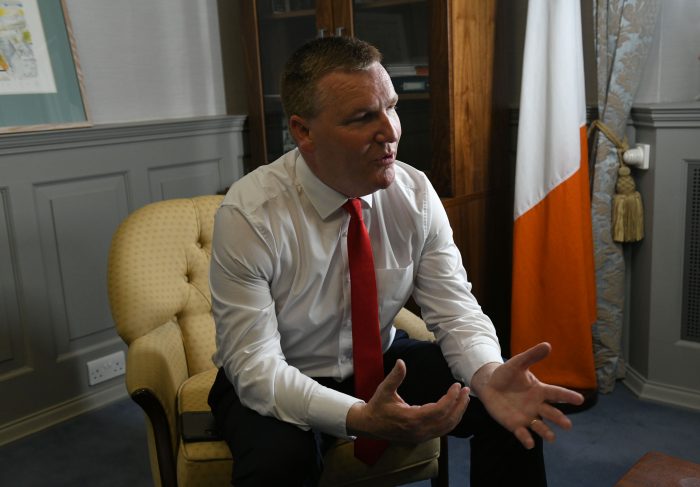Michael McGrath has been Minister for Public Expenditure and Reform for 15 months. In that time, he has delivered two budgets. Budget 2021 will be recorded as truly exceptional for a host of reasons, not least the speed, scope and scale of the pandemic spending he allocated. Budget 2022 is a different beast. Locked into a spending rule that ensured more fiscal discipline than in many previous years despite buoyant tax revenues, Budget 2022 is less a transitional budget than a transition back to normality. Because of this, many commentators, including myself, have accused this Minister of lacking vision in…
Cancel at any time. Are you already a member? Log in here.
Want to read the full story?
Unlock this article – and everything else on The Currency – with an annual membership and receive a free Samsonite Upscape suitcase, retailing at €235, delivered to your door.

